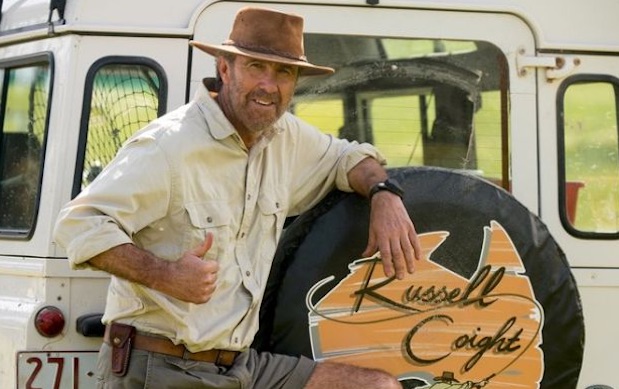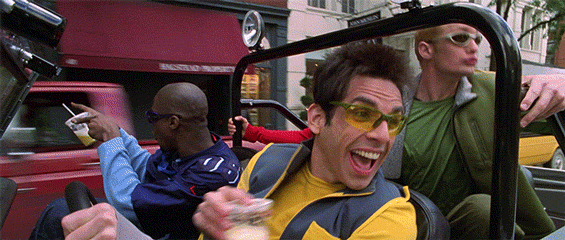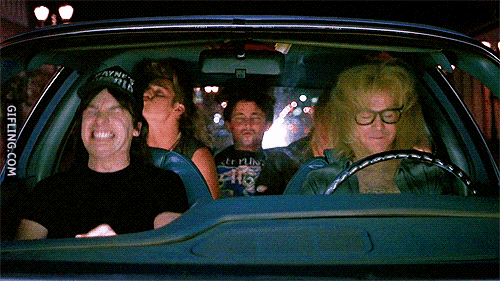
With lockdowns forcing us to travel within our own state, an outback road trip is on the cards for many of us. One good thing to come out of this pandemic is the fact that, while we can’t head off on a Euro trip, many of us are discovering the beauty of our own Aussie backyard.
But! Driving in the outback is significantly more difficult than driving metro. Sure, you don’t have the constant traffic hazards and road rage is non-existent, but the Australian outback is a tough place, even when the roads are sealed and the highways long and straight.
I’ve done a LOT of outback road trips, but every time I go toward the Aussie red dirt I learn something new. My most recent trip to Broken Hill taught me a few things – here are my top tips.
1. Take A Good Car

It doesn’t have to be a 4WD if you don’t plan on hitting any 4WD-only tracks, but make sure it’s reliable. I was lucky enough to be loaned a car by Mazda for my Broken Hill trip – their new CX-30 is an All Wheel Drive, meaning it handles a bit of rough terrain like unsealed roads with ease, but you wouldn’t take it off road.
It was the perfect choice for Broken Hill because the roads from Sydney are all sealed, but you’re in for some LONG drives where benefits like easy to use cruise control, Smart Brake Support (basically sensors can tell when a car is too close, and will automatically slow you down so there’s space) and Blind Spot Monitoring (a light comes on in your side mirror to tell you if there’s something in your blind spot – genius) are all so valuable.
You don’t have to have a car with the modern bells and whistles of the CX-30, but every safety feature will benefit you on outback road trips, trust me.
At the very least, make sure you’ve gotten your car serviced, that your wheels are checked, and that your lights all work. Don’t take chances.
2. Fill Up On Fuel At EVERY Petrol Station
Once you hit the remote outback, don’t take chances. This isn’t regional Australia – there won’t be a fuel stop every hundred k’s. I once made the mistake of not filling up at a petrol stop because it “looked small and scary” – I ended up almost running out of petrol in the middle of nowhere, but luckily spotted a mining business, pulled in and they graciously filled me up to get me to the next town.
Even if you’re 3/4 full, fill up. It’s not worth breaking down over, and on many roads you could be waiting hours for assistance – not to mention it’s dangerous, especially in summer, to be stranded in the outback.
3. Sort Out Maps And Tunes Before You Go

Expect a LOT of no service spots when you’re on outback roads. In fact, from Cobar to Broken Hill – around five hours drive – we had no service at all. That means you need to download your playlists and most crucially, download your Maps so you don’t get stuck directionless and have to ask some random sheep farmers on the side of the road for directions – yes, that happened to me.
I also find a car that loads your phone maps into it’s dashboard makes life SO easy – for me, it’s Apple CarPlay, which the Mazda CX-30 had. It just means less stress because you can always see where you are, and where you’re headed.
4. Listen To Warnings In Your Car
Driving in the outback isn’t a time to ignore things like “service needed” or any of the flashing lights that pop up in your car from time to time. Like I said, breaking down in the outback is no joke – if your car warns you about something, get it checked as soon as you can.
For example, on my recent Broken Hill trip the CX-30 warned me that the tyres were slightly low, and when driving at high speeds, it’s crucial to have the right air pressure in your tyres.
It’s also absolutely worth familiarising yourself with your car and what warning lights mean. That way, you don’t ignore them until it’s too late.
5. Carry Water

Litres of it. I had a 10 litre carrier in my boot at all times – if you break down in the outback, water is imperative. Just fill a big container up, leave it in your boot and you’ll be sweet.
6. Never Speed On Unsealed Roads
Every time I drive a lengthy unsealed road, I’m tempted to speed up to 100 k’s. It’s honestly so easy to do, especially if they’re straight and pretty flat. But honestly, it’s one of the most dangerous, risky things you can do – and plenty of people have died by driving too fast on unsealed roads.
Basically, you’re all well and good until you have to brake suddenly, hit a pothole, or take a corner. I’ve skidded before and it was the most terrifying experience of my life.
Be hyper-cautious on unsealed roads, always. Avoid potholes, take corners slowly, and be aware of your surroundings.
It’s also crucial to check conditions before you drive – unsealed roads can go from driveable to mud sludge in minutes during heavy rain. Check your state’s traffic website before driving to ensure the road is clear.
7. Never Drive At Night

This is a personal rule of mine and worth abiding by if you’re not a highly skilled outback driver. Night is the worst time for driving in the Australian outback, because it’s when most animals are active – plus your visibility is significantly lessened. Even with high beams on, you can miss kangaroos, wombats, and koalas that venture onto the road, and hitting one can mean a big accident for you.
My rule of thumb is to get to my next town before dusk, and leave just after dawn earliest. If you have to drive in the evening, go under the speed limit and be even more aware of hazards.
8. Don’t Swerve For Animals
Another biggie for staying safe is not swerving for animals. No one wants to hit an animal when driving, but swerving to avoid it can see you having a serious accident.
Obviously if you can safely drive around the animal, do so. But I’m talking about a kangaroo bounding out and your only options are to hit it, or swerve aggressively. In that scenario, do the former. It’s way too dangerous to swerve when driving at 100 k’s or more, and you’re likely to roll your car or veer into oncoming traffic.
If you do hit an animal and you’re not sure if it’s dead, the best thing to do is slow down gradually, turn around when safe, and check. Always make sure no other cars are coming before going to check, and if you have range, call WIRES or the animal rescue equivalent in your state.
9. Have Your Lights On Even In The Daytime

It’s basic knowledge to have your lights on when driving highways, but it’s even more crucial in the outback. You’re dealing with road trains and big trucks a LOT, so visibility is key.
The Mazda CX-30 had auto lights which ruled, and meant I didn’t have to think about turning them on (and off when I parked, which is how I’ve drained batteries in the past – eek).
10. Give Yourself Heaps Of Time To Overtake Trucks
Road trains are HECTIC. They are so long – sometimes 50 metres in length – and it’s deceptive when you’re driving behind them.
The good news is most outback highways are long, straight and flat. You can see what’s coming in the opposite direction for ages, so you usually can tell when you’ve got loads of time to overtake.
But never mess around with this stuff – don’t overtake on corners, before crests, or when there’s a car or truck coming in the opposite direction that’s a little too close.



